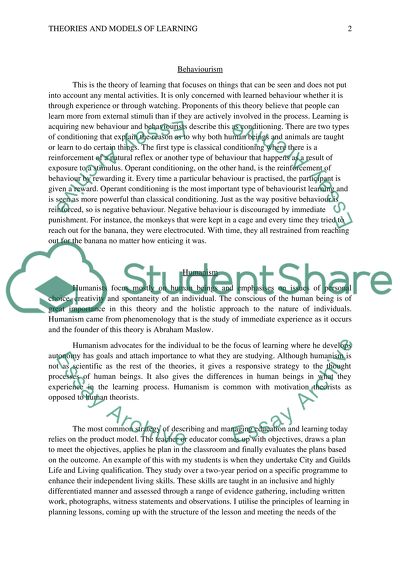Cite this document
(“Theories And Models Of Learning Essay Example | Topics and Well Written Essays - 2250 words”, n.d.)
Retrieved from https://studentshare.org/education/1697406-theories-and-models-of-learning
Retrieved from https://studentshare.org/education/1697406-theories-and-models-of-learning
(Theories And Models Of Learning Essay Example | Topics and Well Written Essays - 2250 Words)
https://studentshare.org/education/1697406-theories-and-models-of-learning.
https://studentshare.org/education/1697406-theories-and-models-of-learning.
“Theories And Models Of Learning Essay Example | Topics and Well Written Essays - 2250 Words”, n.d. https://studentshare.org/education/1697406-theories-and-models-of-learning.


